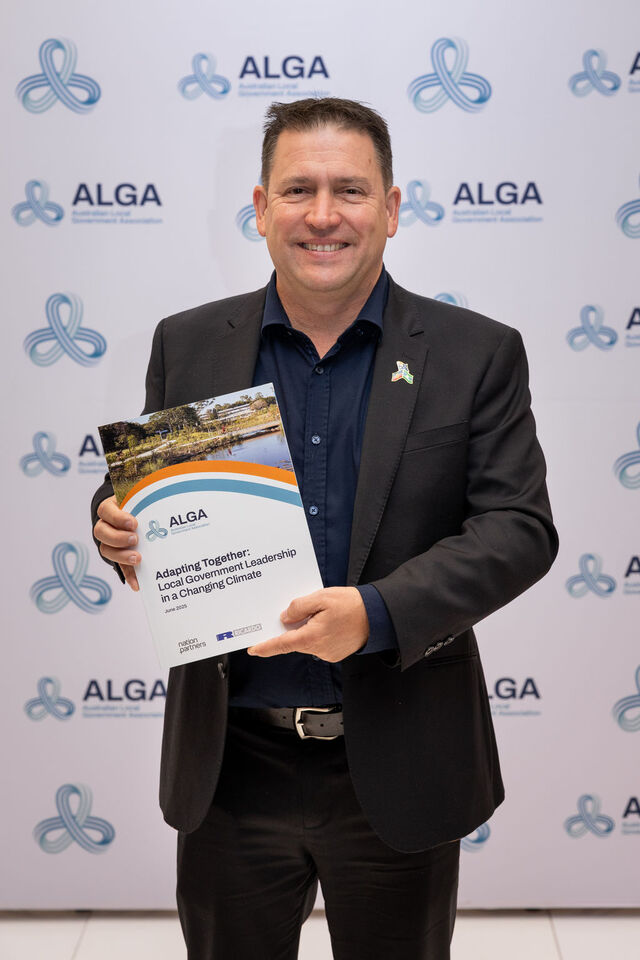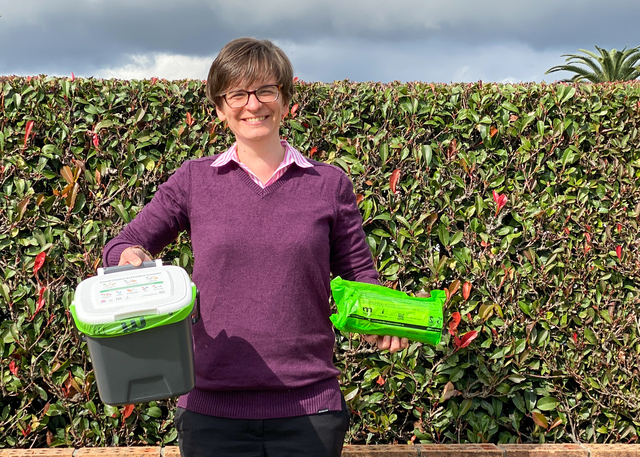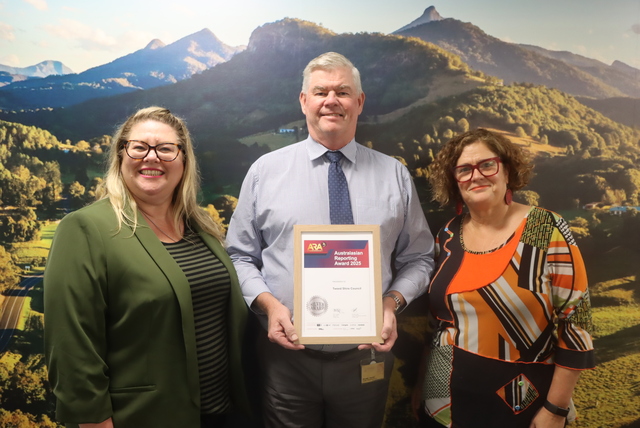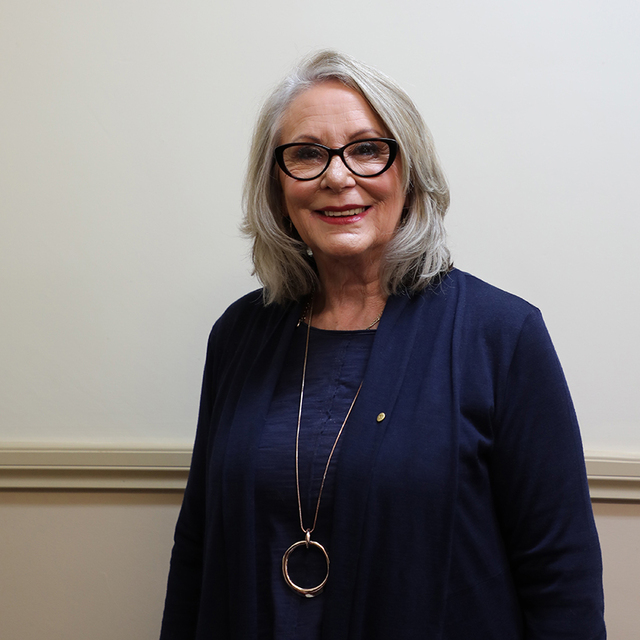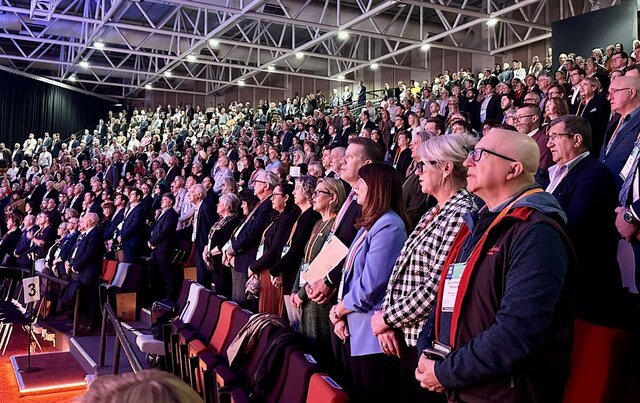Regular algal blooms at Toowoomba’s three water supply dams resulted in Toowoomba City Council reassessing its strategies and ability to deal effectively with an organic contamination event.
Previously, Council’s response to algal outbreaks involved both management of the storages by source substitution between the three storages and treatment by chlorination.The water was treated depending on the alert level reached. This approach was deemed limited by Council in that all of its storages might be impacted by either the highest level algae counts, toxicity or taste and odour compounds.
Following investigation and research into the situation, Council turned to destratification as a possible solution. Destratification involves mixing the water body to dissipate the warm layers in which algae thrive.
The aim is to achieve a uniform temperature and oxygen gradient over the depth of the storage. The advantage of destratification includes lower power requirements of the mechanical mixer systems, as well as the prevention of algal toxins and other water quality problems at the source.
“Besides the economic benefits, Council had to consider the long term benefits,” said Works Committee Chairman, Councillor Joe Ramia.“It wasn’t just a case of avoiding one or two blue green contamination events, but a case of eliminating the incidences of blue green algae outbreaks. Council felt mechanical mixers were the best way to do this.”
In May last year, Council accepted a tender for the design, manufacture, installation and commissioning of mechanical mixers for two of their storages at Lake Cooby and Lake Perseverance.
“While the units have only been operating for a short time, they have already destratified the storages and oxygenated the lower levels of the storages,” Councillor Ramia said.
For further information, contact Toowoomba City Council Manager Project Services, Greg Disney, on (07) 4688 6703.


